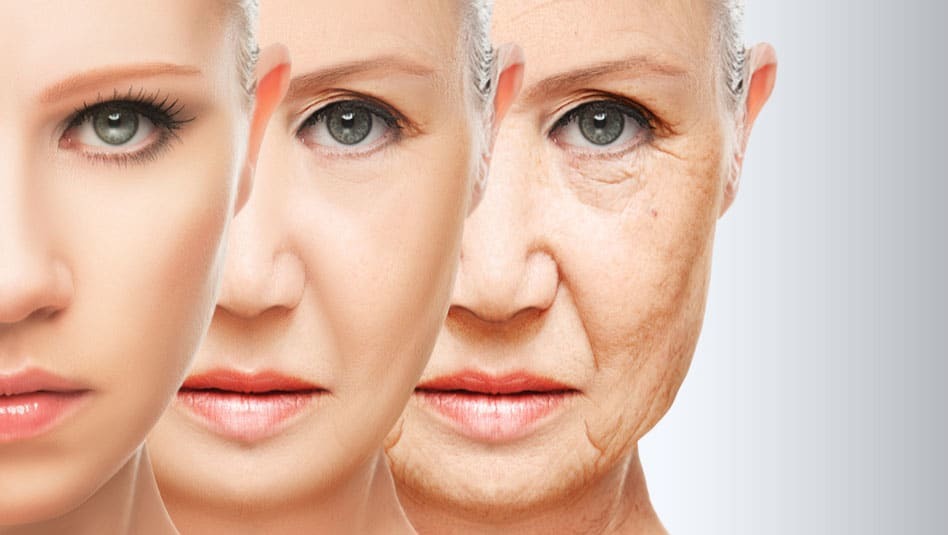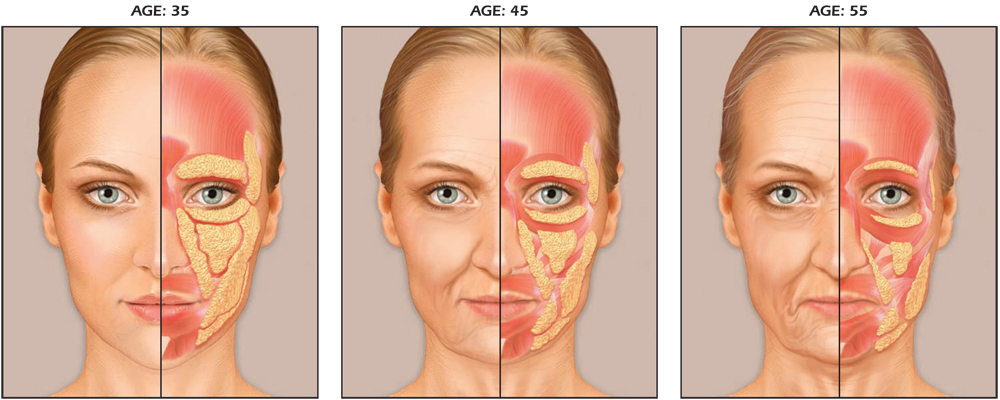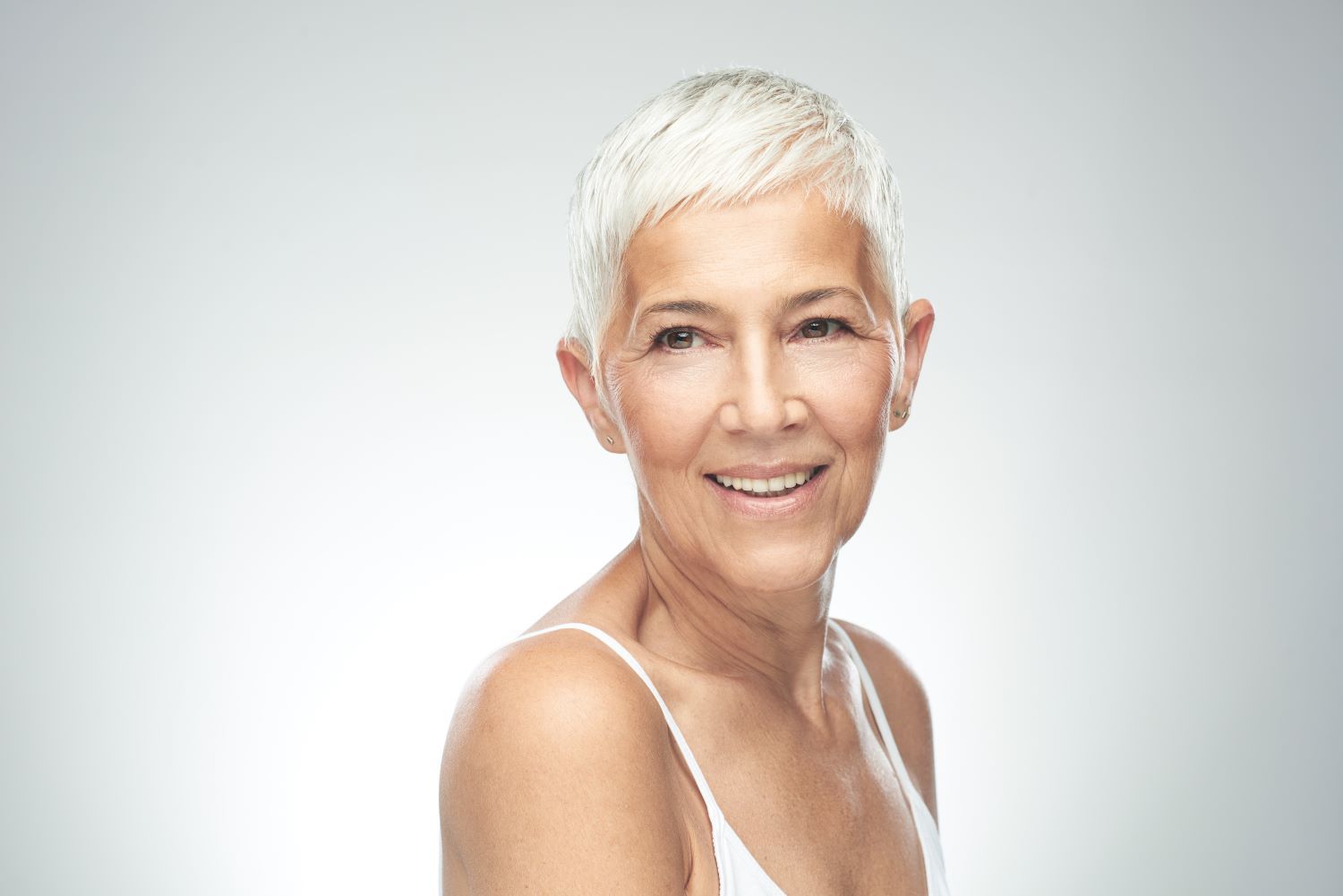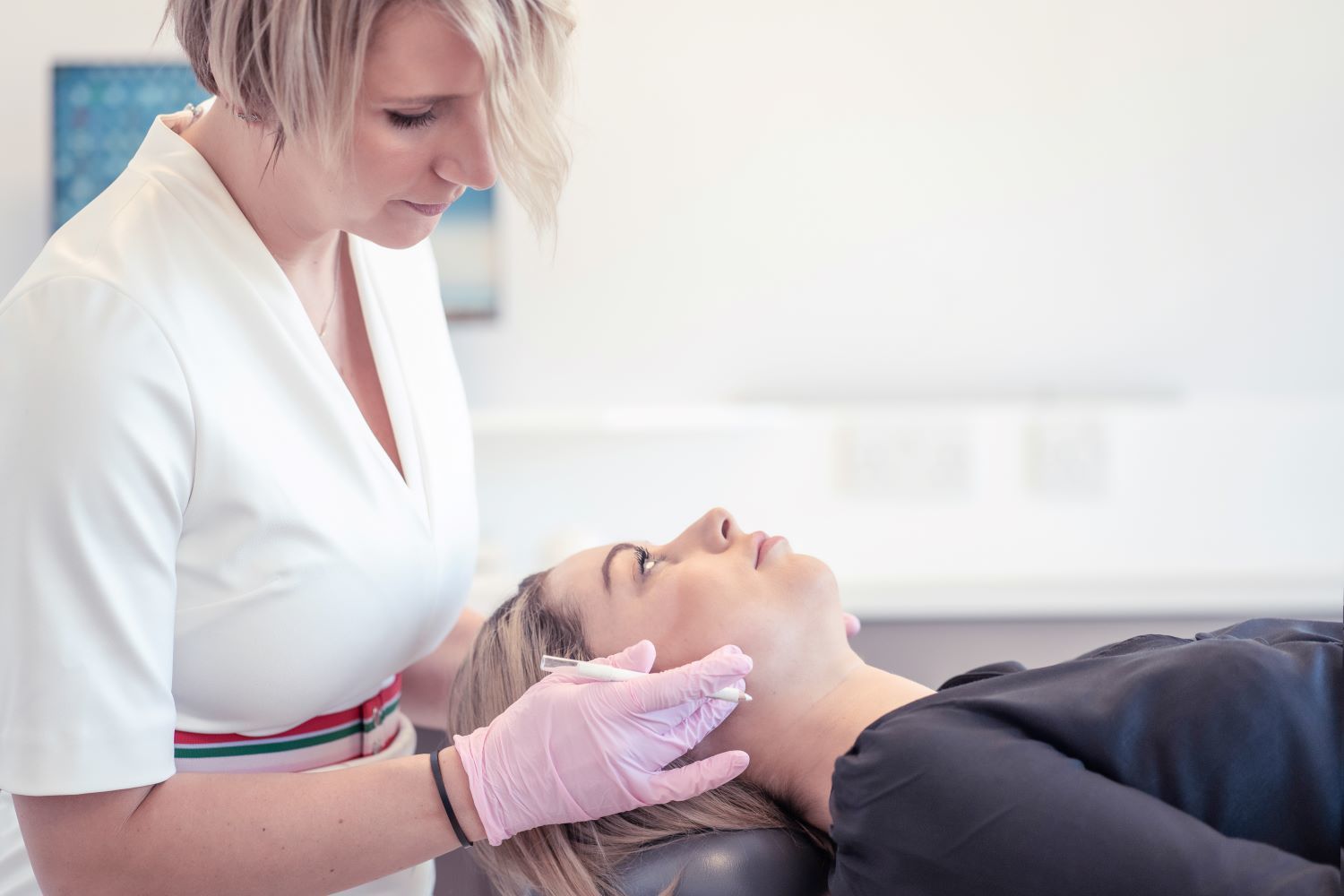Facial ageing and aesthetic medical treatments
By Dr. Martina Pirklova
Dip Imp Dent RCS (Eng). Level 7 Certificate in Injectable Aesthetic Non-Surgical Interventions

There can be no getting away from the fact that we all age. Indeed, there is much to be celebrated about getting older. We’re wiser, often more comfortable with ourselves and tend to care a bit less about what others think! However, there are also elements of ageing that we tend to find less appealing; wrinkles, sagging skin and a loss of ‘youthful glow’ for example, can all affect our confidence and self-esteem.
There are a whole host of antiaging treatments and skincare products on the market, some of them more effective than others. At REclinic we believe the most important thing is to ensure any aesthetic medical treatments undertaken produce natural-looking results. Fighting the signs of aging is not about altering your appearance but enhancing and emphasising your natural features with tailored procedures that make you look the best version of yourself, whatever age you are.
In the latest REclinic blog, I’ll look at how the face ages, what aesthetic medical antiaging treatments are available and what kind of results you can expect from them.
How our faces age
When talking about ageing the most important thing to remember is that we are all unique and, as such, our faces age in different ways and at different rates. What I
will discuss below are general patterns in which I am sure you will see elements of yourself and your ageing experience.
In everyone, there are two different types of ageing.
The first, intrinsic ageing, is the internal changes to the cells within our bodies. Intrinsic ageing is the biological lifecycle that all of our bodies go through.
The second, extrinsic ageing, is the external factors that age the skin on our faces. These include; UV radiation, cigarette smoking, and pollution.
Our faces age due to several different factors.
Firstly, our muscles and the expressions they make, such as smiling or frowning, overtime cause lines and wrinkles to appear.
Secondly, the bones and fat within our faces become less full, leading to hollows under our eyes, the appearance of folds that run from the nose to the corner of the mouth and thinning of the lips. Some people also develop jowls as their bones and fat thins.
Thirdly, our skin thins and the appearance changes through hyperpigmentation, age spots, thread veins.

How effective are medical aesthetic treatments at combatting the signs of facial ageing?
There are a wide range of treatments available, from creams and peels to injections and, the most invasive, option, surgery. As a general rule, the more ‘invasive’ the treatment the more long-lasting its effects will be.
Of course, there is a flipside to that because invasive treatments will also have greater side effects and downtime.
When considering any kind of facial aesthetic treatment, a good medical clinician will discuss thoroughly with you the results you want and balance that with the effectiveness of various treatment options and potential side effects and downtime.
Whilst many procedures can effectively reduce many of the outward signs of ageing and slow the appearance of new signs, the ageing process cannot be halted indefinitely. Most treatments will not make you look radically younger (be wary of anyone who promises to knock 10 years off your appearance!) but they can make you look more refreshed and give your skin a glow that is often associated with youthfulness.

What medical aesthetic treatments should you consider to treat facial ageing?
Unfortunately, there isn’t any one treatment that holds the key to combating facial ageing. For most people the solution to a more youthful, refreshed appearance is often a combination of treatments.
This is why the most important appointment you will have with your medical aesthetics clinician is the initial consultation. It’s when you will thoroughly discuss your treatment goals and medical history and they will tailor a bespoke treatment plan that best achieves those desired results. It’s also your opportunity to ask questions and raise any worries you have about side effects or downtime.
Different ageing factors respond better to different treatments. Skin changes, such as pigmentation, redness, and scarring are usually treated with medical grade skincare or chemical peels whilst injections with botulinum toxin (Botox) are highly effective at treating frown lines and wrinkles. Thinning lips, eye hollows and jowls can often be improved and altered by the use of dermal filler injections.

How we view our faces when we look in a mirror, or as we are increasingly doing, seeing ourselves on a video call, has an important effect on how we feel about ourselves and our confidence. The ethos behind REclinic is that medical facial aesthetics should not be about trying to fundamentally change how a person looks but, by carefully choosing treatments that enhance and balance facial features, they look revitalised and refreshed.
Seeking out treatments that make us feel happier about our appearance as we age can have help us feel more positive and confident in many areas of our life and that, in my book, can only be a good thing.
Follow us on social media to see before and afters, patient journeys, informative stories, and to find out more about the other treatments we offer.